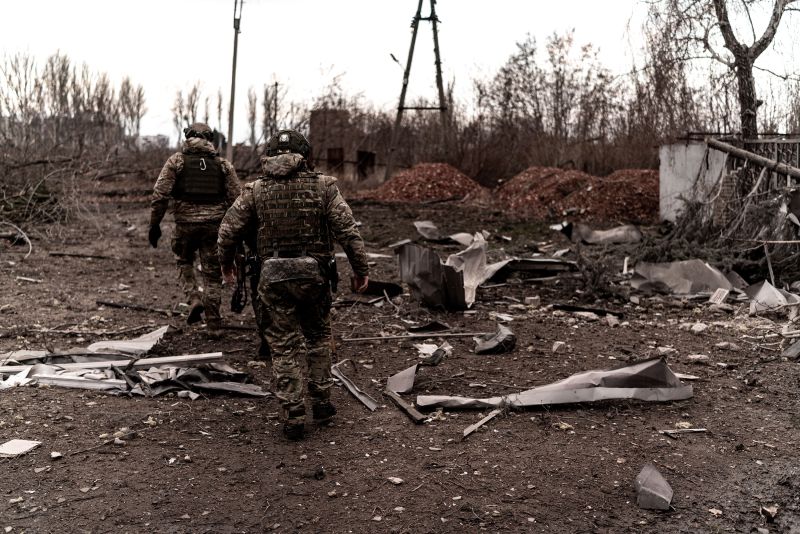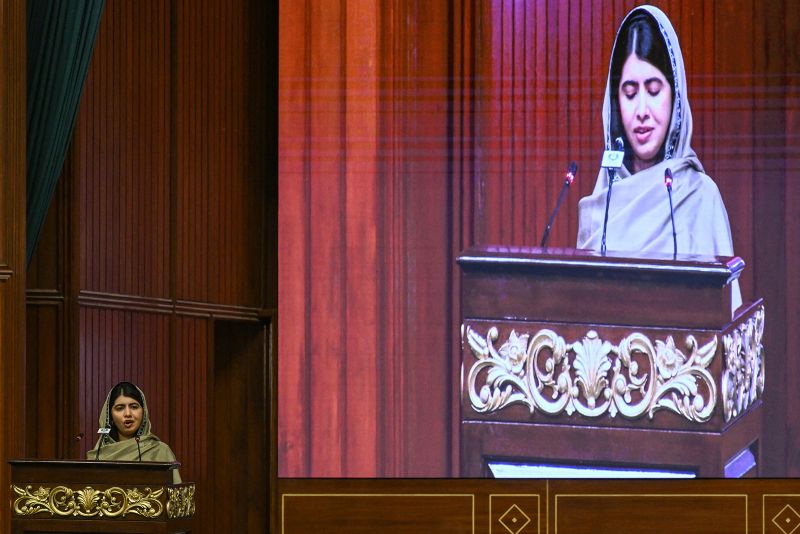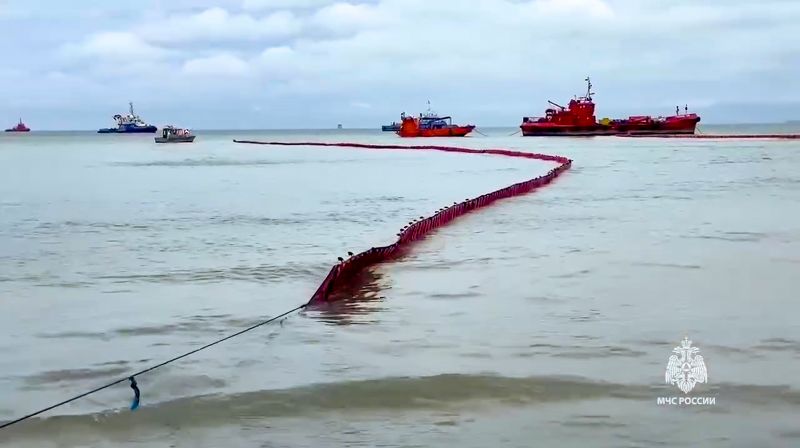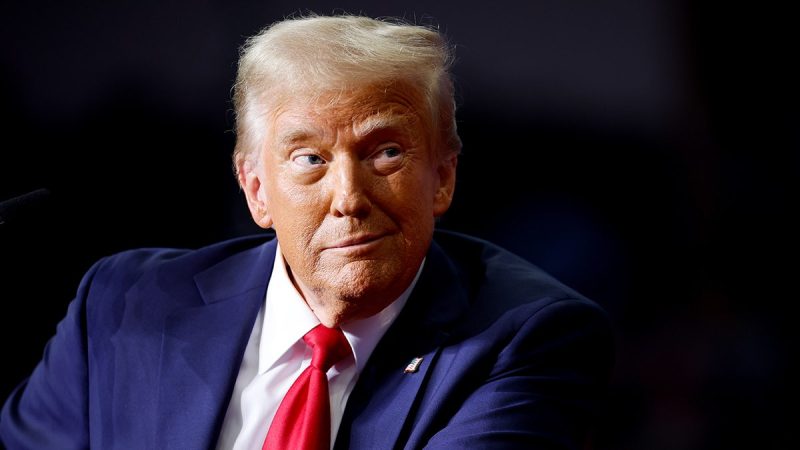
With just a week before Donald Trump re-enters the White House, Ukraine is bracing for some tough choices in the coming months. Its troops are on the backfoot against Russia along several parts of the long frontline, it is short of experienced soldiers and doubtful that military aid will continue to arrive at anything like the current rate.
In Kyiv, the government waits and watches the signals from Moscow and Washington and reiterates almost daily its desire for a “just peace.” Any thought of recovering the territory seized by Russia is on indefinite hold.
Despite taking heavy losses, Russian forces continue to push forward remorselessly in Donetsk region, one of four that Moscow has illegally annexed and is seeking to fully occupy. Their daily gains are measured in fields and streets as they creep towards the industrial belt of the region.
According to open source analysts WarMapper, Russia is occupying just over 18% of Ukraine – including Crimea and the areas of Donetsk and Luhansk that it had taken before 2022. Russian forces had taken some 150 square miles (400 square kilometers) in December.
Ukrainian units are vastly outnumbered in the east. One commander said this week that small groups of Russian infantry were conducting assaults from multiple directions at once, making it difficult for Ukrainian forces to concentrate fire.
“While the correlation of forces with respect to tactical fires, drones, and long-range strike appears to not be favoring either side to a significant extent, manpower remains the key differentiator between Russia and Ukraine,” says Mick Ryan, who writes the blog Futura Doctrina.
Russian units are now 3 miles (5 kilometers) from the hub of Pokrovsk and have taken control of Kurakhove and part of the town of Toretsk, according to geolocated video.
The commander of one Ukrainian battalion near Pokrovsk said Russian forces there had intensified shelling and glide-bomb strikes.
Military spokesman Viktor Tregubov told Ukrainian television that fighting continued around Kurakhove and troops were holding out at the power plant, “so we cannot say that Russian troops have taken the town completely. But, of course, most of the town has been reduced to rubble.”
The Russian “model of simple attrition is unchanged. The enemy inevitably wears down before the Russian steamroller wears down,” as analysts Keith D. Dickson and Yurij Holowinsky put it.
The goal for Kyiv is to defend what it still holds. Ukrainian Defense Minister Rustem Umerov said at a meeting with allies – the Ukraine Defense Contact Group – in Germany last week that Ukraine’s priorities this year would be stabilizing the front line and strengthening its defense capabilities.
Contact Group members have committed more than $126 billion in security assistance to Ukraine over the past three years. Partners pledged further aid in Germany this week, including 30,000 drones over the next year and more air defense systems.
US Defense Secretary Lloyd Austin said Friday that the coalition “must continue to stand foursquare with Ukraine — and to strengthen Ukraine’s hand for the negotiations that will someday bring Putin’s monstrous war to a close.”
It’s the “someday” that is the burning question. Austin said of the incoming Trump administration: “I won’t speculate on which direction they would go in.”
German Defense Minister Boris Pistorius even suggested the incoming US administration might discontinue the Contact Group meetings, saying that if so “it will need to continue in another form.”
Negotiations on ending the conflict seem unlikely at present.
“The reason is simple. Moscow is not ready for any compromises. It plays for victory, not a draw,” says Arkady Moshes, writing in 19FortyFive.
“Success can be achieved on the battlefield or at the negotiating table, but it must be unquestionable. In Putin’s view, Ukraine needs to be defeated, and the West has to admit Ukraine’s – and its own – defeat publicly,” Moshes adds.
Trump’s Ukraine envoy, former US general Keith Kellogg, said last week that he hoped to be able to come up with a solid and sustainable solution to the conflict within 100 days. Trump himself had said on the campaign trail that he would get the fighting stopped within 24 hours of taking office, but when asked more recently how soon he could end the conflict said: “I hope to have six months. No, I would think, I hope long before six months.”
How the Kremlin’s unchanged goals square with the incoming Trump administration’s plans is unclear.
Ryan, the Futura Doctrina blogger, believes Putin “is likely to ensure that no matter what, the 100-day objective fails. He has no compelling reason to come to the table right now, thinking he has the momentum in this war.”
Ukrainian President Volodymyr Zelensky has given little indication of the parameters that would be acceptable to Ukraine. He said Friday: “We will undoubtedly stand firm and achieve a lasting peace for our people and our country.”
His priority is to make Ukraine’s case to Trump directly. Foreign Ministry spokesman Heorhii Tykhyi on the same day said Ukraine was preparing for talks at “the highest levels.”
“Our stance is clear: everyone in Ukraine wants to end the war on terms that are fair to Ukraine.”
At the heart of any settlement for Kyiv would be short-term guarantees that a ceasefire could be monitored and longer-term guarantees for Ukraine that would deter Putin from using a ceasefire to re-group and renew hostilities.
That must include “significant investment in airpower, ballistic missile defense, a fully equipped, NATO standard heavy division,” say Dickson and Holowinsky. Meanwhile, they add: “Zelensky must take a strategic long view understanding that the lost territories in reality represent a gangrenous limb that must be cut off to save the healthy body.”
At an absolute minimum Moscow will demand that Ukraine cedes the territory it has lost and abandon its drive to join NATO, which Trump believes was a provocation to Russia.
Instead, Kyiv would have to negotiate other guarantees, as Zelensky said in an interview on Italian television this past week, that would “prevent Russia from returning with aggression.”
But the Kremlin is likely to demand much more.
Kyiv is “expected to accept extensive limitations on the size of its armed forces and on the kinds of weapons systems it is allowed to possess. These proposals are not a recipe for a sustainable settlement,” according to the Atlantic Council’s Serhii Kuzan.
Moscow has shown no sign of abandoning its maximalist demand for the totality of all four regions it claims to have annexed. “This would mean handing over large amounts of unoccupied Ukrainian territory including the city of Zaporizhzhia with a population of around three quarters of a million people,” notes Kuzan.
For now, both the White House and many commentators see no desire by either side to begin talks. “There is no expectation now that either side is ready for negotiations,” US National Security spokesman John Kirby said in recent days.
While both the Kremlin and Trump have expressed readiness for a summit, premature efforts to advance negotiations on the Ukraine conflict could backfire, according to Russian commentator Giorgy Bovt.
“If the meeting is held prematurely, when the conditions for peace are not yet ripe, it will do more harm than good. It could lead to an even greater escalation. At the same time, both warring sides are still betting on the continuation of hostilities, not considering their forces exhausted,” he wrote on Telegram.
This post appeared first on cnn.com











 Antilles Gold Limited (AAU:AU) has announced Summary of Pre-Feasibility Study for Nueva Sabana Mine
Antilles Gold Limited (AAU:AU) has announced Summary of Pre-Feasibility Study for Nueva Sabana Mine






 High-Tech Metals (HTM:AU) has announced Appointment of Chief Executive Officer
High-Tech Metals (HTM:AU) has announced Appointment of Chief Executive Officer




